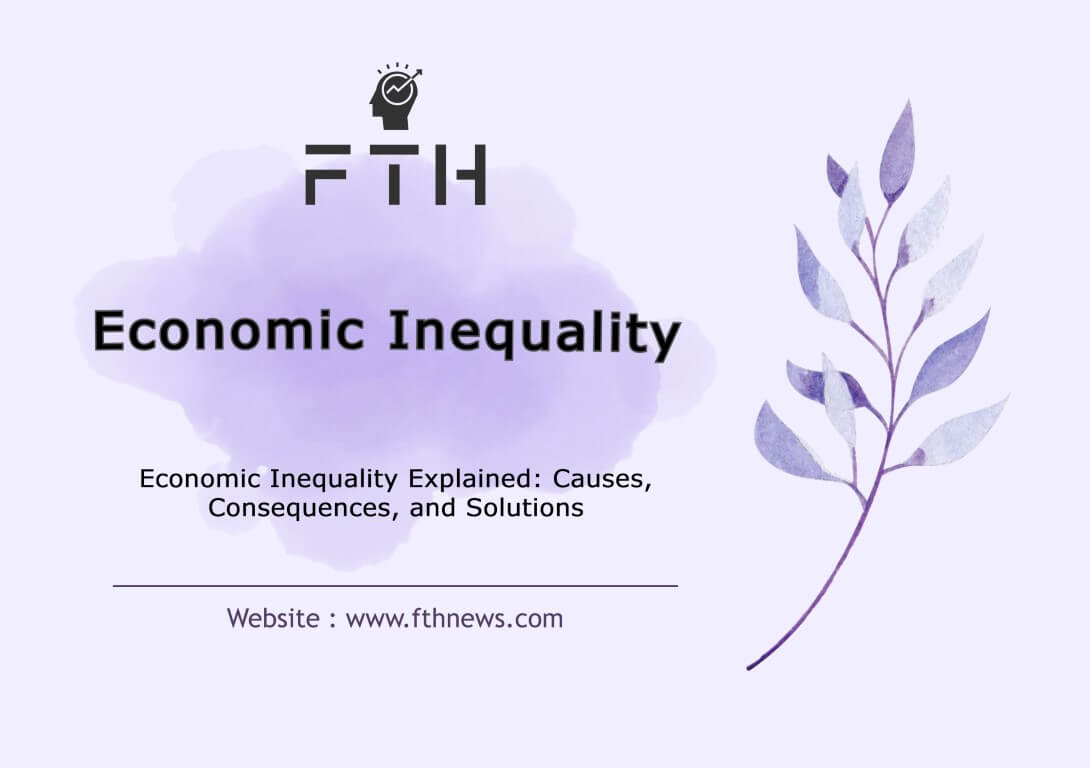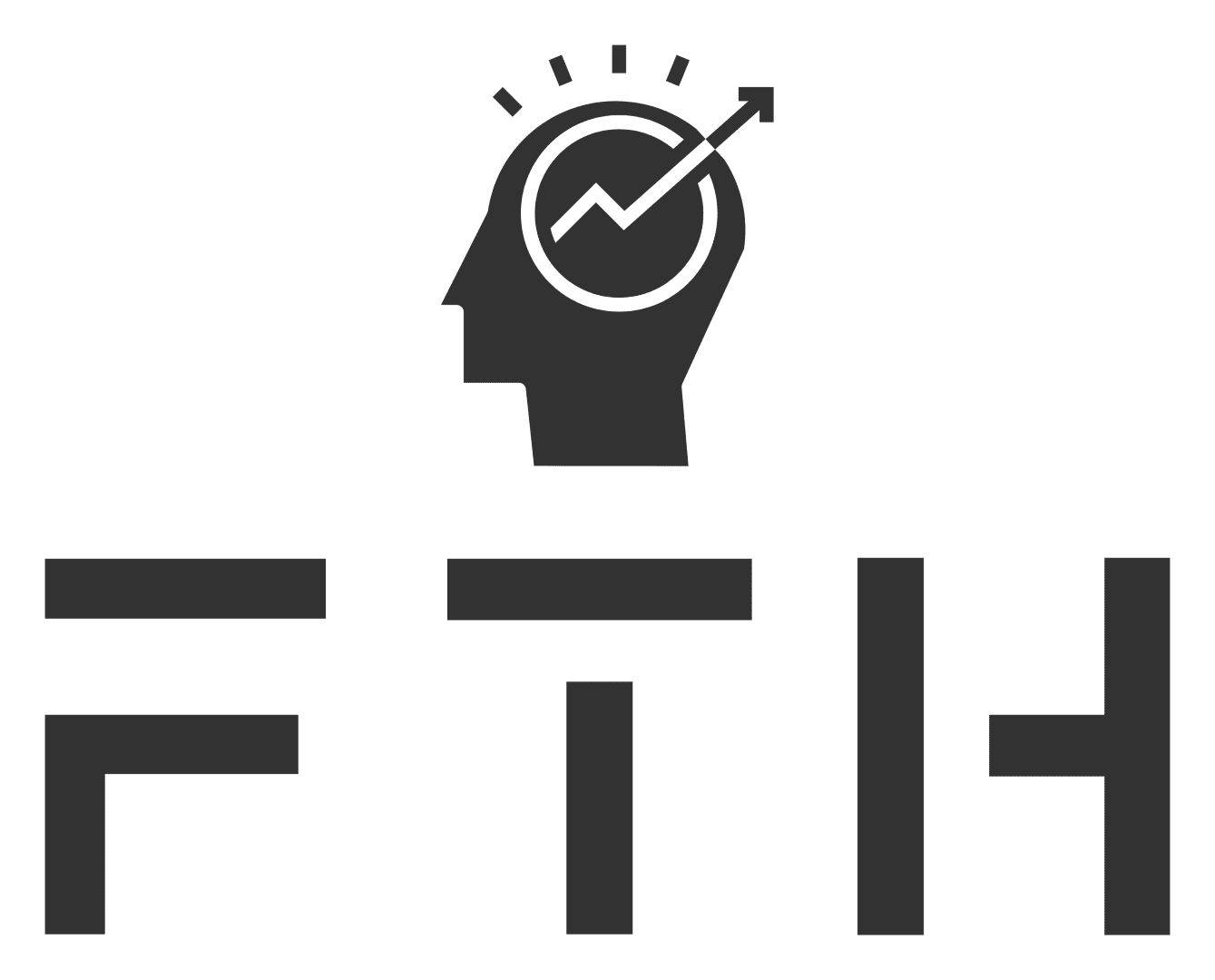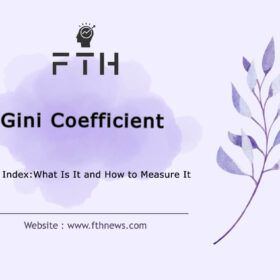
Economic Inequality Explained: Causes, Consequences, and Solutions
Economic inequality is a pressing issue that affects societies around the world. It refers to the disparities in income and wealth distribution among individuals within a society. These disparities can vary significantly, from extreme poverty to immense wealth.
What Is Economic Inequality?
Economic inequality is the uneven distribution of financial resources, and it manifests in various forms. To understand this concept better, it’s crucial to delve into the causes, consequences, and potential solutions to address this societal challenge.
Causes of Economic Inequality:
Education Disparities: Unequal access to quality education can perpetuate economic inequality. Those with limited educational opportunities may struggle to secure well-paying jobs, leading to income disparities.
Labor Market Disparities: Discrimination, wage gaps, and precarious employment contribute to economic inequality. Gender and racial wage gaps, for example, result in lower earnings for certain demographic groups.
Wealth Accumulation: Those with existing wealth can invest and accumulate more assets, creating a cycle of privilege. In contrast, individuals with limited assets may find it challenging to break free from economic hardships.
Tax Policies: Tax systems that favor the wealthy can exacerbate economic inequality. Regressive tax policies, tax evasion, and loopholes may reduce the tax burden on high-income individuals and corporations.
Consequences of Economic Inequality:
Social Unrest: High levels of economic inequality can lead to social unrest and political instability as marginalized communities demand change.
Health Disparities: Economic disparities often translate into disparities in access to healthcare, leading to adverse health outcomes for those with lower incomes.
Education Gaps: Children from disadvantaged backgrounds may have limited access to quality education, hindering their future opportunities and perpetuating the cycle of inequality.
Reduced Economic Growth: Excessive inequality can hinder overall economic growth and limit opportunities for economic mobility.
Ignoring the reduction of economic inequality can have far-reaching consequences for any nation’s economy.
Unequal distribution of economic opportunities based on abilities, particularly among young people entering the job market, results in a lack of experience and access to growth opportunities.
This disparity hampers economic growth sustainability, weakens social and economic solidarity, and leads to a decrease in overall economic prosperity.
Solutions to Economic Inequality:
Education Reform: Improving access to quality education for all, regardless of socioeconomic background, can help bridge the education gap and create a more level playing field.
Progressive Taxation: Implementing fair tax policies that require higher earners to contribute proportionally more can redistribute wealth and reduce economic inequality.
Minimum Wage Adjustments: Raising the minimum wage can ensure that low-wage workers earn a living wage, reducing income inequality.
Social Safety Nets: Expanding social safety nets, such as affordable healthcare and unemployment benefits, can provide a safety net for those facing economic hardships.
Promoting Equal Opportunities: Implementing policies and practices that combat discrimination and promote equal opportunities in the workplace can help narrow wage gaps.
In conclusion, economic inequality is a complex and multifaceted issue that impacts societies at large. Addressing it requires a combination of policy changes, social initiatives, and a collective commitment to creating a more equitable and inclusive world.
By understanding the root causes, consequences, and potential solutions, we can work towards a society where economic inequality is reduced, and opportunities are accessible to all, regardless of their background.
Global Wealth Disparity
Studies conducted by the World Economic Forum reveal a stark reality: the poorest individuals in both industrial and developing economies control less than 10% of their respective country’s wealth, while the wealthiest 1% hold over half of the total wealth.
This imbalance raises concerns and necessitates a closer look at the drivers of economic inequality.
Economic Growth vs. Inequality
In the past, it was commonly believed that higher economic growth would naturally reduce economic inequality.
However, recent decades have challenged this assumption. Despite increased global economic growth and many countries achieving industrialization, various challenges persist.
These challenges, such as poverty, environmental degradation, unemployment, political instability, internal conflicts, and wars, have contributed to the persistence of economic inequality.
The Neglected Issue
Economic inequality has been a recurring topic of discussion worldwide, but it often receives insufficient attention from economic authorities and policymakers. As a result, the share of the richest 1% in many countries has continued to rise.
For instance, in Australia, the top 1% increased their share of national income from 5% in 1980 to 9% between 2008 and 2012.
France and the United States have witnessed similar trends.
The U.S., in particular, has seen the most significant increase in the share of national income held by the top 1%, rising from 8% in 1980 to 19% between 1980 and 2012.
A Call for Tax Reform
Studies reveal that income equality in the United States is 24% lower than in other OECD member countries. Despite having a significantly higher GDP per capita, the U.S. experiences greater income inequality. Therefore, reforming the tax system is proposed as an effective means to reduce this disparity.
In summary, economic inequality remains a pressing concern with global implications. Addressing this issue requires a comprehensive approach, encompassing economic policies and social initiatives to ensure a more equitable distribution of wealth and opportunities.
Investment in Economic Infrastructure:
Enhancing economic infrastructure projects, such as transportation, healthcare, and technology, can boost economic development and create opportunities for marginalized communities. Infrastructure investment can help bridge regional disparities and improve access to essential services.
Transparency in Economic Activities:
Ensuring transparency in economic activities, including taxation, business operations, and government policies, is crucial to prevent corruption and unfair practices that perpetuate inequality. Transparent systems can instill trust and confidence among citizens and businesses.
Education and Skill Development:
Improving the quality and accessibility of education is a fundamental step in reducing economic inequality. Education equips individuals with the skills and knowledge needed to secure better job opportunities, fostering economic mobility.
While these policies provide a solid foundation for addressing economic inequality, countries must adapt and expand upon them to meet their specific needs. Cultural, political, and economic factors can influence the success of these strategies, making it essential for each nation to design a tailored approach to reduce inequality effectively. Collaborative efforts, including international cooperation and information sharing, can also contribute to global progress in addressing it.
The Main Disadvantages of High Economic Inequality
Threat to Political Stability: High economic inequality can pose a significant threat to a country’s political stability. When a large portion of the population is dissatisfied with their living and working conditions due to stark economic disparities, it can lead to social unrest, protests, and political instability.
Limitation of Market Tools: Economic inequality limits the effectiveness of market tools, such as adjusting price levels and fines, because these policies primarily impact only a certain segment of the population. This makes it challenging to implement policies that can effectively address economic disparities at the macroeconomic level.
Erosion of Trust and Commitment: Economic inequality erodes trust and commitment between economic actors. When individuals and businesses perceive that the economic system is inherently unfair, it can lead to a breakdown of trust, making it difficult to establish and maintain business relationships and fulfill contractual obligations.
Efforts to reduce economic inequality are particularly crucial in developing countries where disparities are more pronounced. By addressing these disparities, countries can foster economic growth, develop industrial infrastructure, and create dynamic economies. The Gini Index, a measure of income distribution equality, provides insight into the level of inequality. A balanced The Gini Index around 40% signifies economic prosperity and peace, motivating individuals to work harder to improve their economic well-being. Therefore, striving for greater economic equality is a goal that resonates with economic activists worldwide.
Is the Solution to Deal with Economic Inequality the Same All Over the World?
The solution to addressing economic inequality may share common principles worldwide, but the specific measures can vary depending on the unique circumstances and challenges faced by individual countries. While there are universal tools and policies that can effectively reduce economic inequality, each nation must tailor its approach to its distinct economic, social, and political landscape. A broad framework for reducing It can include the following key components:
Tailored Policies for Addressing Economic Inequality in Different Regions
Asia:
Enhance Education: In many Asian countries, improving education is the key to reducing economic inequality. By making education more accessible and raising its quality, these nations can empower their populations with the skills and knowledge necessary for better job prospects and income growth.
Tax Reform: Restructuring the tax system to create a fairer redistribution of wealth is crucial. Defining target groups for income redistribution through progressive taxation can be an effective strategy to bridge income gaps.
Europe:
Progressive Taxation: Most European countries have well-established progressive tax systems to reduce IT . For some Eastern European nations, enhancing their tax policies is essential to ensure wealth redistribution.
Boost Education: Encouraging educational advancement is essential, as decreased motivation for higher education has resulted in skill shortages and income disparities in various European countries.
Income Redistribution: Identifying target groups and providing financial resources, especially for the youth, can help mitigate income inequality.
Latin America:
Educational Enhancement: Improving education quality and accessibility remains a potent tool to reduce income inequality. Investment in education can lead to better job opportunities and a more skilled workforce.
Tax System Reform: Implementing progressive taxation can help bridge income gaps.
Social Security and Welfare Reform: Addressing issues in social security and healthcare systems is vital. Reforms in these areas can improve people’s financial situations and narrow the income gap.
Middle East and North Africa:
Job Creation: Focusing on creating employment opportunities is crucial, particularly in oil-rich nations. Allocating financial resources for job generation can lead to economic prosperity and reduced IT.
Tax System Reform: Revising tax policies to collect from exempted wealthy organizations can enhance income distribution.
Social Security Enhancement: Strengthening social security and healthcare systems can contribute to a fairer distribution of resources.
North America:
Tax System Reform: Despite North America’s capitalist economy, experts advocate for tax reform to make income distribution more equitable.
Education Development: Investing in education is essential to ensure a skilled workforce. The decreasing desire to pursue higher education should be addressed to prevent labor shortages.
Income Redistribution: Implementing measures to redistribute income more fairly is key.
Sub-Saharan Africa:
Job Creation: Creating employment opportunities should be the primary focus in this region, where job scarcity is a major problem.
Work Environment Improvement: Developing a conducive work environment can enhance economic conditions.
Education Enhancement: Improving education levels is essential to empower the population with skills and knowledge for better employment prospects.
While income inequality is a complex issue, it’s worth noting that both extreme equality and extreme inequality can have negative impacts on a country’s economic development. Striking the right balance, typically with a Gini coefficient around 40%, encourages economic mobility and motivation without causing economic inefficiency or compromising living standards. It’s important to tailor policies to address the specific challenges and opportunities unique to each region.
Economic Inequality Through the Eyes of Amartya Sen (Nobel Laureate Economist):
Amartya Sen, a renowned economist and Nobel laureate in economics, views IT as a multifaceted issue. While it can be dissected into income and wealth disparities, the crux of the matter lies in its impact on societal well-being. The widening chasm between economic classes and the stark contrast in people’s financial well-being take a toll on their mental health.
In a society where some struggle to access life’s essentials while others revel in opulence, motivation wanes, and social unrest surges. This environment hampers economic development. Furthermore, disparities in financial power translate into unequal access to education, healthcare, and other essential services, further stoking tension and eroding social cohesion. Inequality extends beyond mere finances, encompassing dimensions like gender equality and the availability of necessary resources for all segments of society.
Economic Inequality as Explored by Arthur Knickel (Economist):
At first glance, economic inequality may seem straightforward, but its far-reaching implications necessitate a meticulous examination. Typically, IT is dissected into wealth and income disparities, with wealth inequality surpassing income inequality. The affluent classes amass considerable wealth, and this wealth disparity significantly exceeds income disparities.
Consequently, the difference in income distribution between the rich and poor is narrower than the difference in wealth distribution. Since wealth generates income, the total earnings of the wealthy diverge significantly from those of the less privileged. Arthur Knickel suggests the need for an index that considers both wealth and income inequality to classify individuals within society accurately.
FAQ
In a small town, two neighbors work equally hard, but one earns ten times more due to inheriting a successful family business, highlighting economic inequality.
Yes, economic inequality still exists in many parts of the world. Despite efforts to address this issue, there are significant disparities in wealth and income among individuals and communities. While progress has been made in some regions, economic inequality remains a persistent and complex challenge that continues to affect many people’s lives.
Economic inequality is bad because it can lead to social unrest, hinder upward mobility, create health disparities, limit equal opportunities, skew political influence, reduce economic efficiency, and erode social cohesion.













